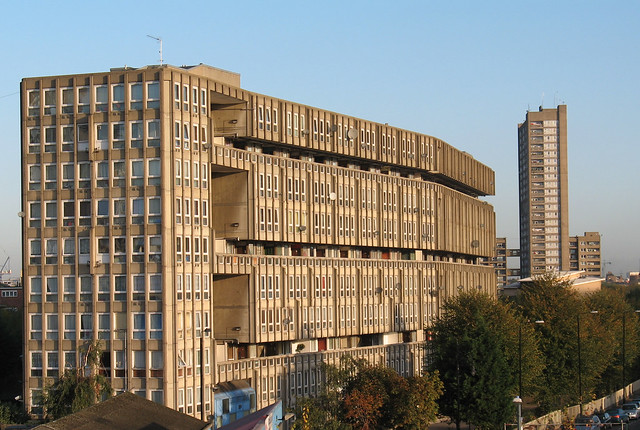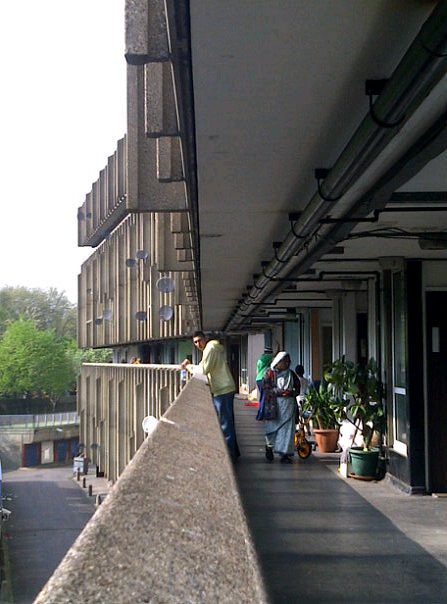Big Media Matt has a prickly post riffing on a Politico story arguing that, Mitt Romney Shouldn't Need a Dedicated Lobbyist To Build His Tacky Megamansion:
Romney’s house sounds tacky and extravagant, but it’s not some kind of public safety hazard in urgent need of regulation. You shouldn’t need dedicated lobbyists to get permission to build buildings on property you legitimately own. At the end of the day, Romney is going to be able to hire the lobbyist and get his mansion built. But these same hurdles afflict people who might be interested in affordable housing for low-income people or simply regular old market rate structures for the middle class.
Not to defend Mitt Romney, but aesthetics aside, hiring a third-party to navigate regulations isn’t ground breaking.

In New York City, generally you need an Expediter to file a permit application at the Department of Buildings in order to assit you through the different building codes (there are three currently in force), zoning codes and the general bureaucracy which each building permit application must go through to gain approval. The regulation complexity of having 200+ year old tenement buildings next to skyscrapers (the above photo has structures built ranging from 1883 to 2011) has created a new middleman whose job is to push paper, and in some cases, offer code review. Sometimes the Expediter is the very same architect which is designing and overseeing the project; I was once an Expediter and dealt directly with the DoB on projects I was designing under the review of a licensed architect. This is normal and part of the current process in New York City, Washington DC, Cincinnati, and other locations.
Aesthetics aside, I would argue that structures are, contra Yglesias, a public safety hazard in urgent need of regulation: buildings can, and do, fall down killing people. Having an effective, and efficient, code review process is necessary and proper to guard the citizenry from unsafe and hazardous building. Just recently an architect in California was charged in the death of a firefighter after he installed four outdoor fireplaces inside the house, in violation of building codes. This architect basically built a firetrap, and used faulty piping for the sprinklers which appears to have directly contributed to the death of a firefighter.
There are tons of other examples of willful or unintentional negligence by architects, engineers and builders which has caused building damage and death. This is why becoming a licensed architect is so onerous, and why building codes (which often seem to get in the way of your precious design) are to be followed.
Can the permit process be more efficient, and less encumbered by red tape? Yes. Should government find a balance between efficiency and the mandate to create a safe environment? Yes. Does the presence of this third-party mean we should deregulate building permit applications? No.
I hope that Matt is arguing for more efficient code review, rather than no code review; the only reason Politico called Romney’s expediter a Lobbyist is that it fits Romney’s larger narrative of being out of touch and super rich (which is probably true).




















